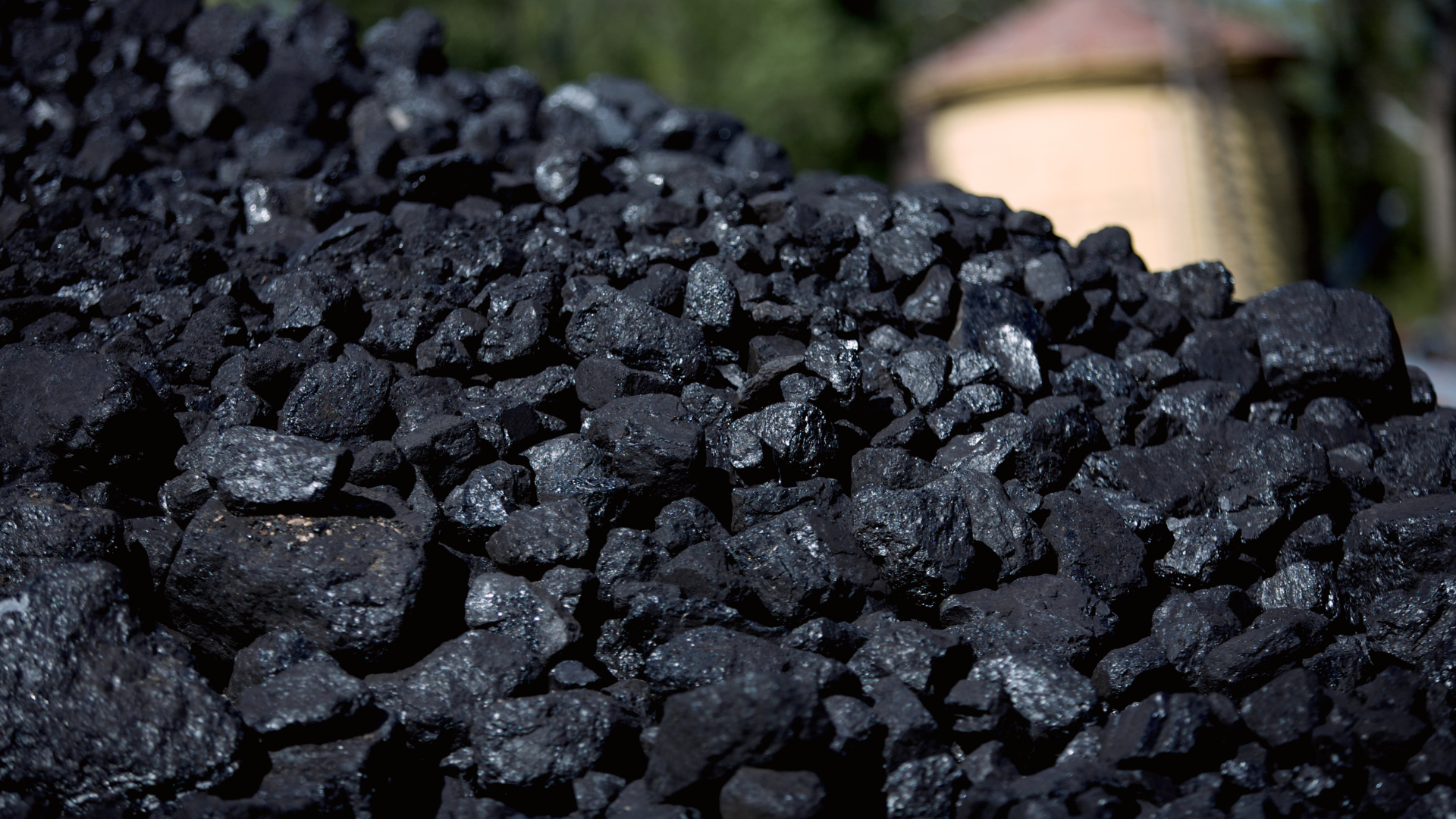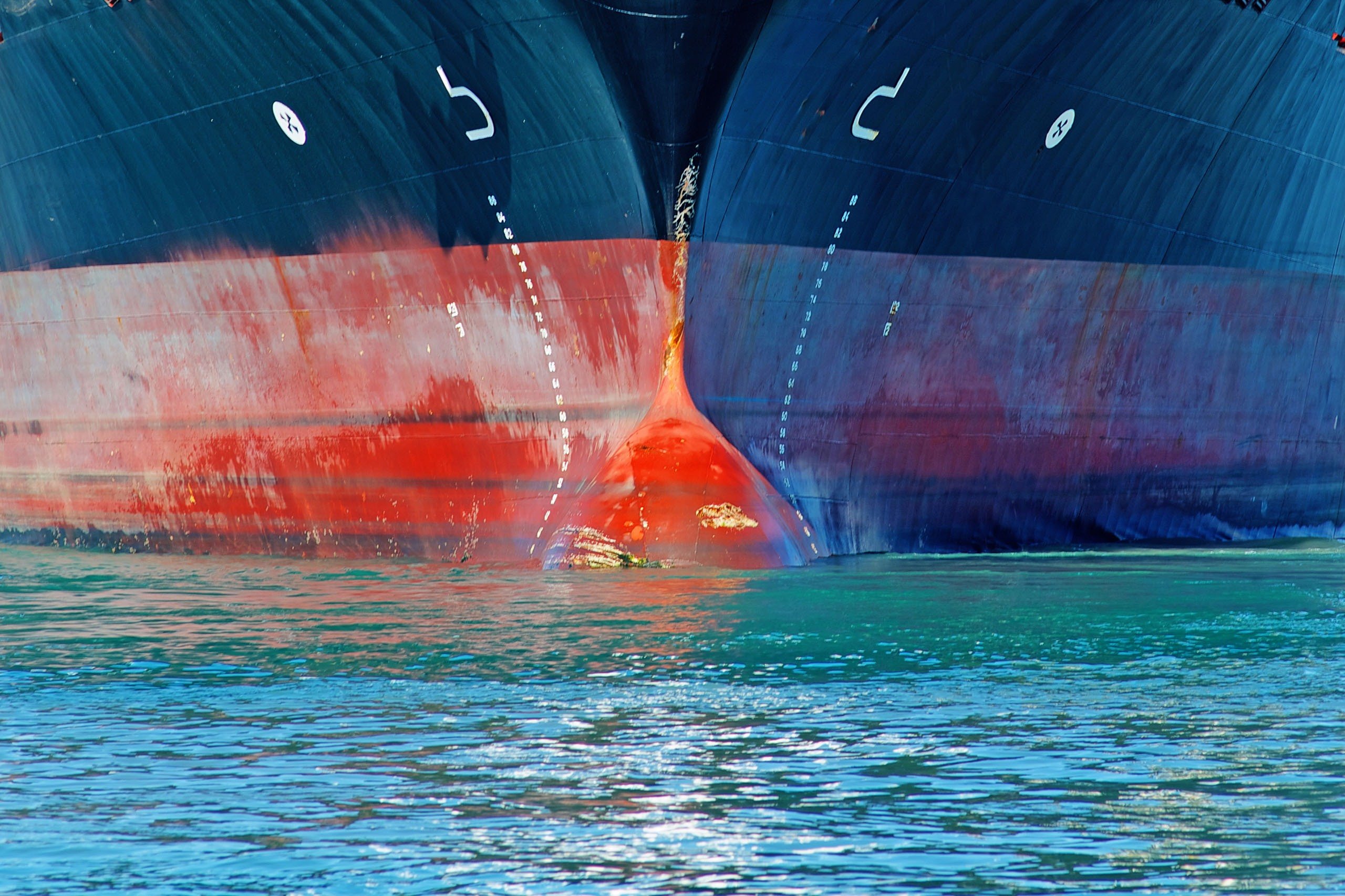はじめに
当クラブは昨年、2023/2024年に施行されるIMOの主要な規制をまとめた記事を掲載しました。
海運業界では、2025年にも引き続き、安全と環境保護の促進を目的とした新たな規制が発効される予定であり、極めて重要な転換期に直面しています。
業界による環境に配慮した取り組みや責任あるガバナンスに注力するようになるにつれ、より厳しい基準の規制への準拠が必要になります。目標は、海運業界においてより安全で持続可能な未来を創造することです。
本稿では、2025年に発効予定のIMO規制の概要を説明することを目的としています。
2025年1月1日に発効する規則
2025年1月1日に発効する規則 – MSC.539(107)
2024年1月1日から任意で適用されている国際海上固体ばら積み貨物(IMSBC)コードの改正が、2025年1月1日に発効します。改正には以下の変更が含まれますが、これらに限定されません:
・荷送人は、SOLAS条約第XII/10規則(MSC.1/Circ.1664)に基づき、貨物の「比重」を申告する必要があります。
・附録1(固体ばら積み貨物の個別スケジュール)に以下の変更が加えられました:
・新規貨物追加
| ばら積み貨物輸送品目名(BCSN) | 種別 | 危険性 |
| バライト(重晶石)(浮遊選鉱により化学的等級にあるもの) | A |
|
| 褐色溶融アルミナ | C |
|
| 粉砕された花崗閃緑岩粉 | A |
|
| 還元鉄(D)(含水率 2%以上の微粒副生物) | A and B | MHB (WF and/or SH) |
| ダナイト | C |
|
| ダナイト粉 | A |
|
| 電気炉系ダスト(造粒されたもの) | A and B | MHB (TX and CR) |
| 高炉系スラグ微粉末 | A |
|
| マグネサイト粉 | A |
|
| 硝酸カリウム | C |
|
| 硝酸ナトリウム | C |
|
| 硝酸ナトリウム及び硝酸カリウム混合物 | C |
|
| セレスチン(天青石)精鉱 (鉱物精鉱の個別スケジュールの下) | A |
|
| 魚粉(魚粕)(抗酸化剤入りのもの) | B | MHB (SH) |
- 固体ばら積み貨物リストより削除された貨物:
| ばら積み貨物輸送品目名(BCSN) | Group | Hazard |
FISH MEAL (FISH SCRAP), STABILIZED UN 2216 ANTI-OXIDANT TREATED | B | この貨物は、Class 9の危険物よりMHB貨物に再分類されました。IMSBCコードの運送要件に変更はありませんが、船舶は本貨物の運送にかかる危険物運搬船適合証明書の取得は不要になります。 |
-
非粘着性貨物のリスト(IMSBCコードの附録3)が以下の貨物を含むように改訂されました:
- バライト(重晶石)(浮遊選鉱により化学的等級にあるもの)
- 粉砕された花崗閃緑岩粉
- ダナイト
- ダナイト粉
- 電気炉系ダスト(造粒されたもの)
- 硝酸カリウム
- 硝酸ナトリウム
- 硝酸ナトリウム及び硝酸カリウム混合物
- 過リン酸塩
つまり、IMSBC コード第 5 章に基づく荷繰りに関連する規定が適宜適用されるよう、上記貨物の静止角は積み込み前に決定する必要があります。
- 固定式ガス消火装置の搭載が免除できる新たな貨物に、「電気炉系ダスト(造粒されたもの)」が追加され((MSC.1/Circ.1395/Rev.6).)、固定式ガス消火装置の搭載が免除できる固体ばら積み貨物リストが第6次版へ改正されました。
固体ばら積み貨物の輸送に関わるメンバーは、最新のIMSBCコードの改正に準拠することを推奨いたします。
船員の電子証明書等に関するSTCW条約およびコードの改正 – MSC.540(107) & MSC.541(107)
世界的なデジタル化の流れを支援するため、STCW条約(第I/1およびI/2規則)およびSTCWコード(第 A-I/2)の改正により、船員の証明書を電子形式で発行することが可能になり、これらの証明書に含めるべき最低限の情報が規定されました。
船員の電子証明書の使用に関するガイドラインについては、MSC.1/Circ.1665を参照することを推奨いたします。
MARPOL 条約附属書I、規則15.3、15.5および34.3から34.5の改正、紅海およびアデン湾の特別海域としての設定に関するもの – MEPC.381(80)
紅海およびアデン湾海域は、重要な海洋生態系および環境条件、また、海上貿易における主要ルートとしての重要性から、MARPOL条約附属書Iの規則1.11に基づく「特別海域」として認識されていました。しかし、「特別海域」として認められるためには、締約国の関連港に適切な廃棄物受入施設を提供する必要がありました。
MEPC-80は、ジブチ、エジプト、ヨルダン、イスラエル、サウジアラビア、ソマリア、スーダンなどの紅海およびアデン湾海域周辺諸国が、港湾およびターミナルにて油性廃棄物および残留物を含む、適切な廃棄物受入施設を手配/提供していることを確認しました。
したがって、紅海およびアデン湾におけるMARPOL条約附属書I特別海域の適用日は、2025年1月1日に設定されています。
総トン数400トン以上の船舶を所有するメンバーは、2025年1月1日から、本海域内での油または油性混合物の排出が、以下の条件を除いて禁止されます:
1. 船舶が航行中であること。
2. 油性混合物が附属書Iの第14.7規則の要件を満たす油水分離装置を通して処理されていること。
3. 排出水の油分含有量が、希釈しない状態で15ppmを超えないこと。
4. 油性混合物が、石油タンカーの貨物ポンプ室のビルジから発生したものではないこと。
5. 石油タンカーの場合、油性混合物は石油貨物の残留物と混合されていないこと。
- 航行中および停泊中の船舶の一隻当たりの燃料消費量
さらに、本海域にて石油タンカーを運航するメンバーは、2025年1月1日以降、紅海およびアデン湾特別海域内での石油タンカーの貨物エリアからの油または油性混合物の排出が禁止されることをご承知おきください。本要件は、クリーンバラストタンクまたは分離バラストタンクからの排出には適用されません。
MARPOL 条約附属書V、第6規則の改正、紅海の特別海域としての設定に関するもの – MEPC.382(80)
紅海地域は、MARPOL条約附属書V(規則1.14.4)に基づく特別海域として認定されました。しかし、「特別海域」として認められるためには、締約国の関連港に適切な廃棄物受入施設を提供する必要がありました。
MEPC-80では、本地域内のすべての港およびターミナルにおけるMARPOL条約附属書V準拠のために必要な廃棄物および残留物受入のため施設に関する情報に基づき、特別海域として指定されるための要件を満たしていることを確認しました。
紅海海域を航行する船舶を所有するメンバーは、2025年1月1日以降、船舶の航行中に限り、MARPOL条約附属書Vの第6規則(特別海域内での廃棄物の排出)に従い、廃棄物の海洋排出が許可されることをご承知おきください。
2025年2月1日に発効する規制
バラスト水記録簿(BWRB)の書式変更に関するBWM条約附属書付録IIの改正 – MEPC.369(80)
バラスト水管理(BWM)条約のB-2規則では、船舶が条約付録II(バラスト水記録簿の書式)に指定された情報を少なくとも含むバラスト水記録簿(BWRB)を備えることを要求しています。
BWM条約の経験蓄積期間(experience-building phase)での報告書によると、PSCによって最も頻繁に報告された欠陥は、BWRBの記入方法に関するものでした。
この問題に対処するために、BWM条約付録IIが改訂され、BWRBに記録される情報が強化され明確化されました。
バラスト水の記録・報告に関して、BWM.2/Circ.80をガイダンスとして参照し、2025年2月1日より、新たに合意されたBWRBの書式を完成し、維持することを確実にすることをお勧めします。
2025年5月1日に発効する規制
地中海 ECA に関するMARPOL 附属書 VI、規則 14、および附録 VII の改正 – MEPC.361(79)
2024年5月1日以降、地中海は硫黄酸化物(SOx)および粒子状物質(PM)の排出制御区域(ECA)に指定されていますが、これらの要件は2025年5月1日から施行されます。これ以降、船舶は地中海 ECA を航行する際に硫黄含有量が 0.10% m/m の燃料油を使用するか、排ガス洗浄システム(EGCS)を利用することが義務付けられます。
地中海地域に寄港するまたは通過する船舶を持つメンバーは、これらの要件に注意し、適切に遵守することをお勧めします。
2025年6月26日に発効する規制
シップリサイクルに関する香港条約 – MEPC.210(63)
香港条約(HKC)は、国際航海に従事する 500 総トン 以上の船舶に適用されます。本条約は、シップリサイクルが人の健康、安全または環境に不必要なリスクをもたらさないようにすることを目的としています。本条約で定める規制は、船舶の設計、建造、運航、また、安全かつ環境に配慮したリサイクルのための準備をカバーしています。
本条約発効後、2025年6月26日以降に建造される新造船は、承認され認証済みの有害物質のインベントリ(IHM)を船内に備える必要があります。また既存の船舶も2030年6月26日までに、承認され認証済みの IHM を船内に備える必要があります。
さらに、メンバーは、船舶の構造または装備品の一部として供給されるアイテムに関する必要な材料宣言書(Material Declarations, MD)および適合宣言書(Supplier Declarations of Conformity, SDoC)を作成し、取りまとめる必要があります。
有害物質インベントリの認証を受けるには初回検査が必要です。船舶の運航期間中には追加検査が必要であり、リサイクル前に最終検査が求められています。(MEPC.222(64))。
船舶の運航寿命が終わると、本条約が適用される船舶は、香港条約に遵守する船舶リサイクル施設でのみリサイクルすることができます(MEPC.211(63))。
船舶リサイクル施設は、各船舶がどのようにリサイクルされるかを明確に説明する船舶リサイクル計画を準備し、それに基づいて「再資源化解体準備証書」(a Ready for Recycling certificate)が発行されます。
詳細については、クラブが発行した「Risk Focus: Inventory of Hazardous Materials (IHM) – 2nd Edition」をご参照ください。
2025年8月1日に発効する規制
改訂版MARPOL 附属書 VI(低引火点燃料およびその他燃料油に関連する問題、蒸気システムに代わる船舶用ディーゼルエンジン、輸送作業におけるデータの利便性と組み込み、およびIMO 船舶燃料消費データベース(IMO DCS)におけるデータ詳細化の強化) – MEPC.385(81)
MARPOL附属書 VIの規則 2、14、および附録Iの改正により、ガス燃料の定義が IGF コードと一致するように修正され、使用中/船内のサンプリングポイントがガス/低引火点燃料に適用されないことが明確化されました。さらに、規則18が改正され、バンカーデリバリーノート(BDN)の要件がガス/低引火点燃料にも適用されるようになりました。ガスまたは低引火点燃料を使用する船舶を持つメンバーは、BDNに最低限の情報が含まれていることを確認するようお願いします。
MARPOL 附属書 VI の規則 13.2.2 の改正により、蒸気システムをディーゼルエンジンに置き換えることが、小規模な改造ではなく、大規模な改造と見なされることが明確化されました。Tier III エンジンが必要とされ、Tier II エンジンが代替で許可される場合、旗国の管理当局はこれを IMO に報告しなければなりません。
これらの改正が 2025年8月1日に発効した後、メンバーは、蒸気システムを船舶用ディーゼルエンジンに置き換える場合は、MARPOL 附属書 VI の規則 13 およびその改正への遵守が要求さることを、ご認識いただく必要があります。
MARPOL 附属書 VI の規則 27 の改正により、IMO は船舶の燃料油消費データを、厳格な機密保持の下、船会社の同意を得て、非匿名形式で分析コンサルタントおよび研究機関と共有することができることとなります。さらに、MARPOL 附属書 VI の附録IX に基づき、以下のデータを報告する新たな義務が設けられています:
- 総陸上電力供給量
- 総輸送作業量
- 革新的技術の導入
- 積載距離(任意)
本改正が有効となる日までに、5,000 GT 以上の船舶を持つメンバーは、SEEMP パート II を必要に応じて修正し、新たに必要なデータ収集を組み込むことをお勧めします。
2025年10月1日に発効する規制
電子記録簿の使用に関する BWM 条約の規則 A-1 および B-2 の改正 – MEPC.383(81)
改正により、バラスト水記録簿を電子化することが可能となり、MARPOL 附属書および NOx 技術コードと調和したアプローチが確保されます。バラスト水管理(BWM)条約を遵守するために電子記録簿の使用を選択するメンバーは、BWM 条約に基づく電子記録簿の使用に関するガイドライン(MEPC.372(80))を参照することをお勧めします。





